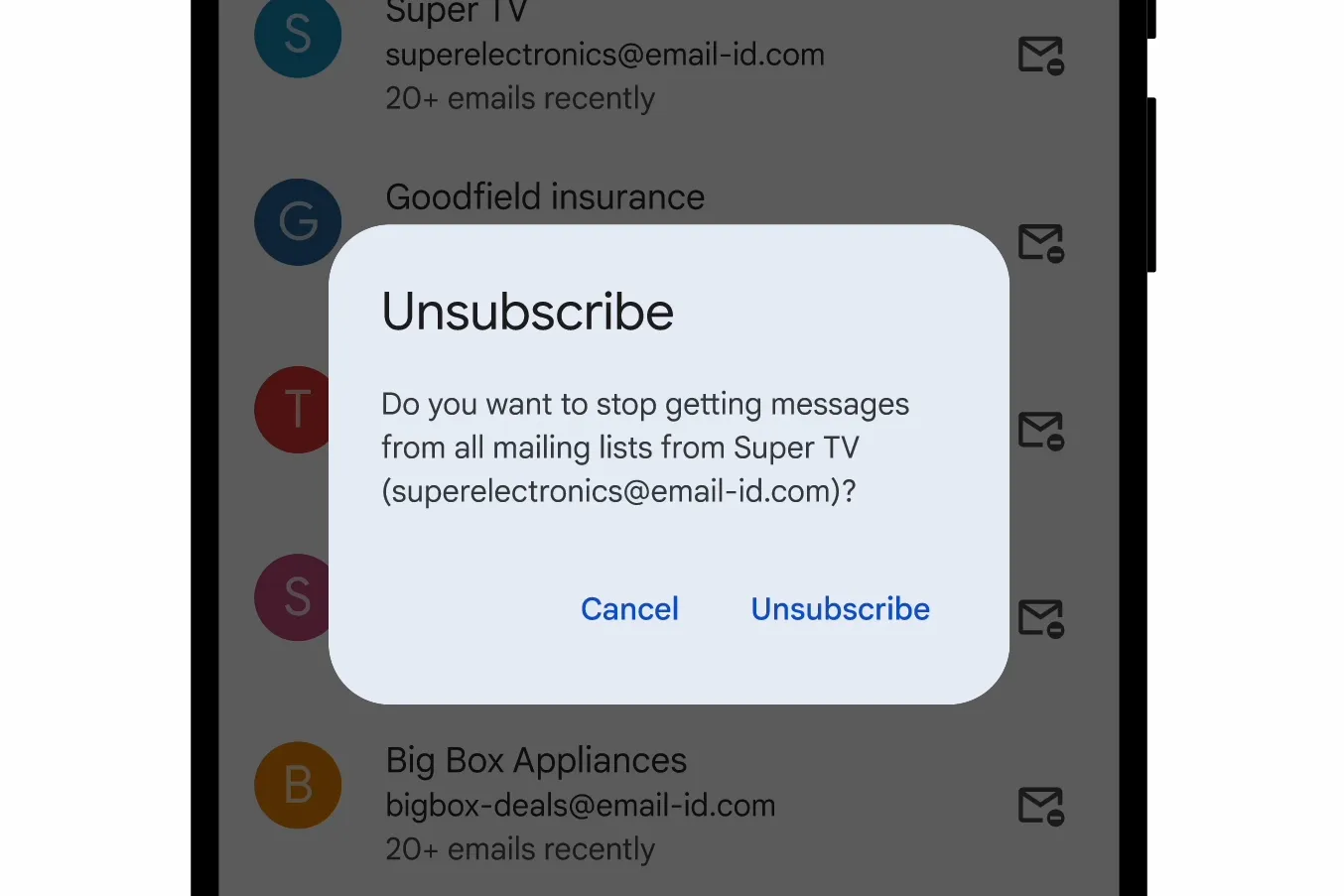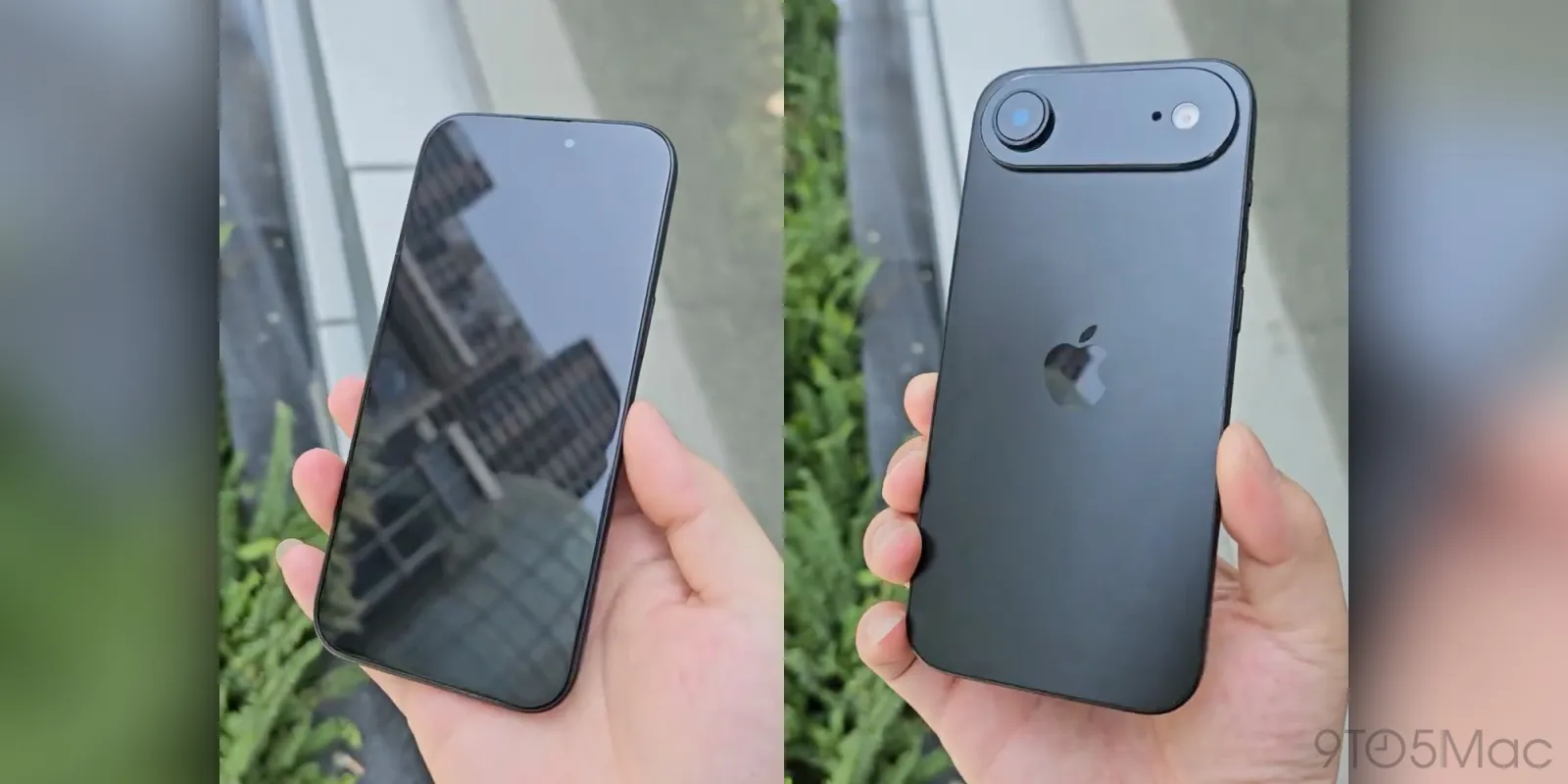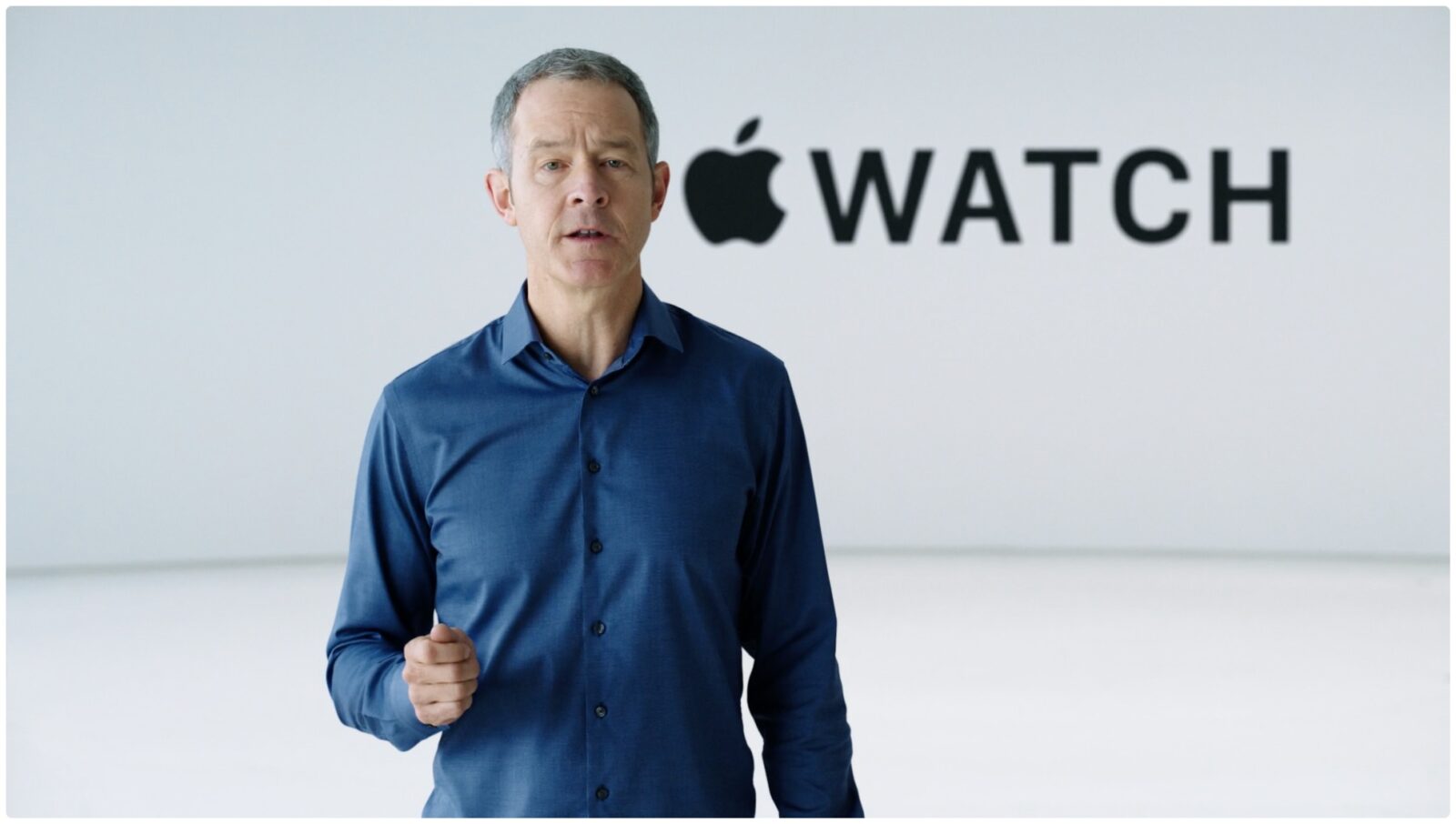TikTok is planning to launch a separate app exclusively for U.S. users as the platform navigates mounting political and regulatory pressure to divest its American operations. According to recent reports, the split is part of a strategy to comply with U.S. government demands for the app to be owned by a non-Chinese entity or face an outright ban.
The new app for U.S. users is expected to debut on September 5, with the existing version remaining operational until March next year. After that, only the new app will function within the United States, effectively creating a standalone American portal disconnected from the global TikTok ecosystem.
This move follows years of escalating scrutiny over TikTok’s Chinese ownership, with critics arguing that the app poses national security risks and could be used for foreign influence operations. President Donald Trump, who has extended the sale deadline three times, recently indicated that “very wealthy people” are prepared to buy TikTok’s U.S. business. However, previous attempts to sell the platform’s American operations—including proposed deals involving Oracle and Walmart—have failed to materialise.
The decision to split TikTok into two apps reflects an approach intended to satisfy regulatory demands without entirely banning the platform. By creating a separate app infrastructure for American users, TikTok aims to address concerns over data sovereignty and operational independence from its Chinese parent company, ByteDance.
Despite these political implications, the user experience is unlikely to change significantly. Analysts expect the new U.S. app to mirror the current platform in functionality and design, with only backend operational differences to ensure compliance with American data laws. However, there is speculation that content moderation policies and algorithmic priorities may adjust subtly to align with U.S. regulatory and political expectations.
The situation carries an element of irony: while China has long faced criticism for maintaining separate, locally controlled versions of global apps, the U.S. will now implement a similar approach to control TikTok within its borders. This development underlines growing digital sovereignty trends, where nations increasingly seek to localise data and regulate foreign-owned platforms more tightly.
The planned launch of the standalone U.S. app hinges on the successful sale of TikTok’s American operations to a non-Chinese buyer. While President Trump has expressed confidence that a deal is imminent, observers remain cautious, noting that past negotiations have collapsed despite similar optimism.
If the sale does proceed, TikTok will retain its presence in the U.S. market, to the likely disappointment of rivals such as Instagram Reels and YouTube Shorts, both of which have sought to capitalise on potential disruptions to TikTok’s American operations.
For now, American users should prepare to download the new app later this year, as TikTok navigates its latest chapter in an ongoing geopolitical saga that continues to shape the global social media landscape.





